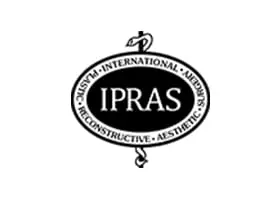Patients who received PIP implants either for primary or secondary breast augmentation, between January 2000 and August 2005, were studied to determine implant failure rate and other complications. Results found that 7 to 12 years after implantation the failure rate for PIP implants is in the region of 15.9-.8%.
“Previous studies have typically reported failure rates of between 2% and 5% and these estimates have been based on secondary data. In this study, all participants were scanned by ultrasound, which provides conclusive indication of rupture, rather than clinical examination which is typically used. Most previous studies were based on multiple surgeon, multiple technique, with a relatively small number of patients and shorter follow up time span,” commented the lead author of the study.
Concerns about the durability of PIP silicone breast implants have been expressed for several years prior to their formal withdrawal from the UK market in March 2010. Although precise details of what elements were at fault remain unclear, concerns have been raised about both the elastomer (the outer cover of the implant) and the filler gel.
In this study PIP implants were used by the plastic surgeon for both primary and secondary breast augmentation. A database of patients was constructed and each patient was offered a free consultation and referral for ultrasound scan. Chief outcome measures included secondary surgery, implant rupture rate and time to rupture.
453 patients with PIP devices were identified. Of this number, 30 had already undergone implant exchange for a variety of reasons. 180 (39.7%) could not be contacted and 19 had undergone implant removal elsewhere. Of those who could be contacted, 47 declined consultation as they had no concerns. 97 had neither clinical signs nor radiographic evidence of implant rupture and elected to remain under regular review. At the time of writing, 38 had undergone implant exchange after ultrasonographic indication of rupture.
Based on these results, if the group of non-responders had no ruptures, the overall rupture rate would be 15.9%. However, it the non-responders had the same rupture rate as those examined in the study, the overall rupture rate would be 33.8%.
This research indicate indicates that all PIP implants, due to the high rupture rate and uncertainty about the nature of the silicone gel, may need to be removed. Those patients with ruptured implants will have to have them removed; those with no evidence of rupture will need to be monitored on a regular basis. Further research into the nature of the elastomer and gel filler will determine whether all PIP implants should be explanted in the future.
Mr Banwell has never used PIP implants but has had many patients approach him for removal and replacement. For further information please phone 0845 2600 261.







































25th March 2025
Minimally Invasive Breast Surgery at Mr Banwell
Read More
24th March 2025
Revolutionary Ultrasound Breast Implant Check Now Available
Read More
18th March 2025
Body Contouring Surgery After Significant Weight Loss
Read More